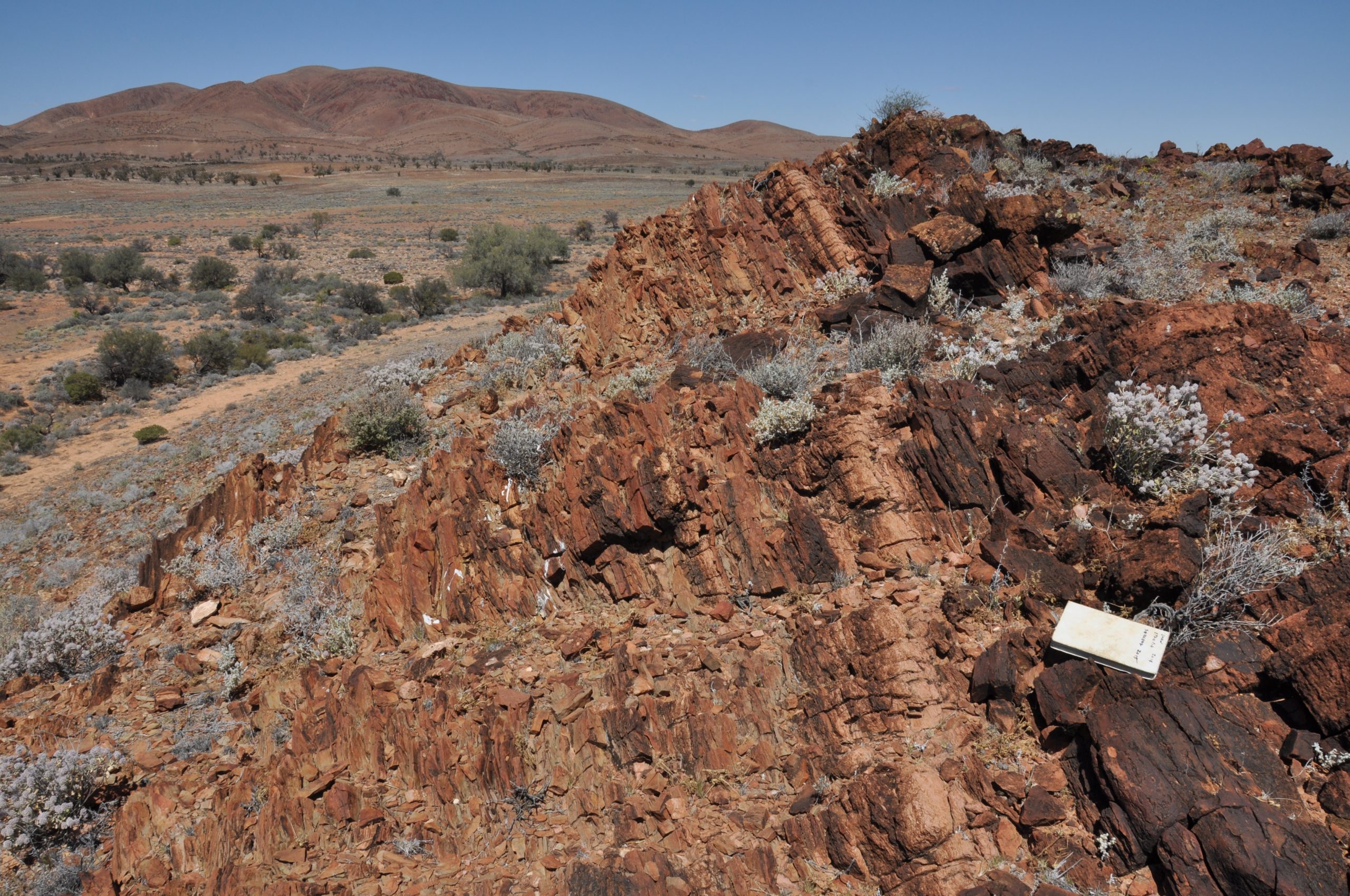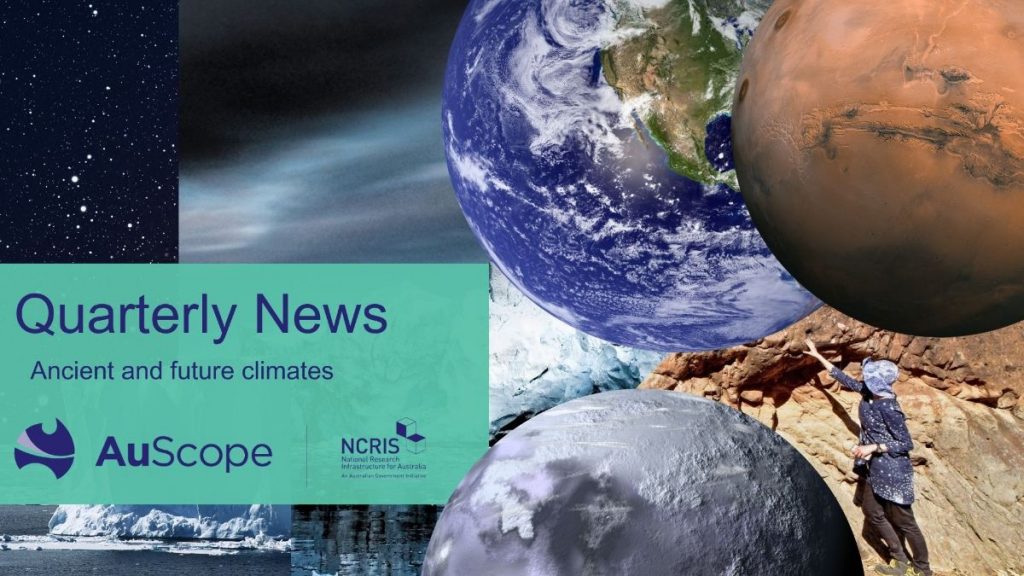
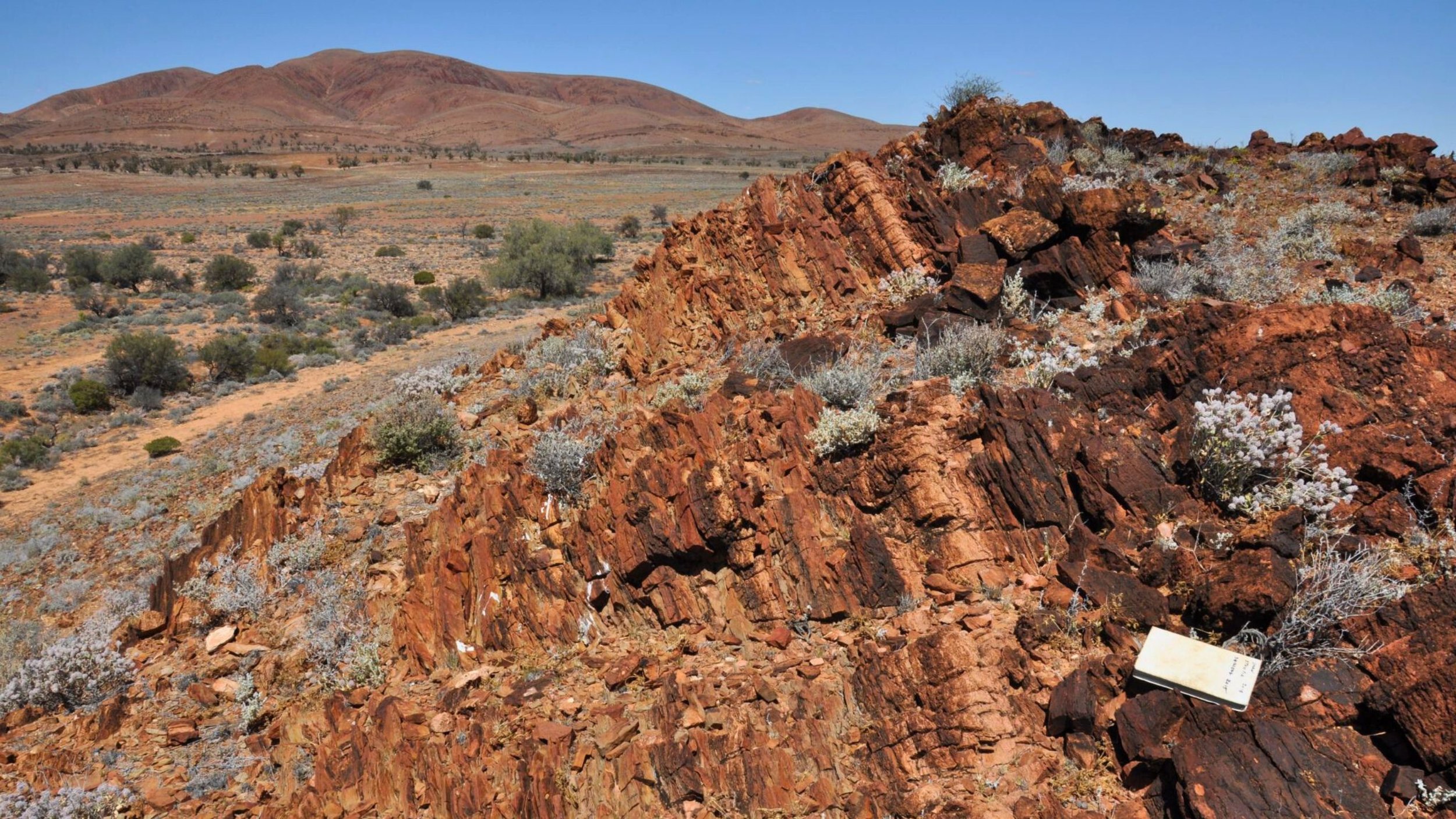
Notebook resting on an Ice Age or the transition from the Tonian Skillogallee and Myrtle Springs Formations to the overlying Cryogenian Sturt Formation (Sturt Glaciation, marked by the notebook) in the Willouran Ranges, Adnyamathanha Country, South Australia. Image: Alan Collins
ARC Future Fellow Dr Adriana Dutkiewicz from the EarthByte Group and colleagues have used NCRIS enabled plate tectonic modeling to determine what most likely caused an extreme ice-age climate in Earth’s history, more than 700 million years ago in the Cryogenian Period. What exactly froze the planet nearly solid and how it remained that way for 56 million years has been a mystery until now!
Insight into Snowball Earth
The new EarthByte model, published in Geology, suggests that the extreme “Snowball Earth” glaciation may have been caused by a global, long-term drop in volcanic carbon dioxide emissions to the atmosphere. Less carbon dioxide makes it more difficult for Earth’s atmosphere to trap heat. The team used the NCRIS enabled EarthByte software to model the different arrangements of continents and plate boundaries, particularly mid-ocean ridges and how this influenced the cyclic release of CO₂.
Geological Background
Snowball Earth refers to a period in Earth’s history when the planet is thought to have been almost entirely covered in ice. During this time, the extreme cold saw glaciers extend from the polar regions to the equator, potentially shaping the evolution of life on Earth.
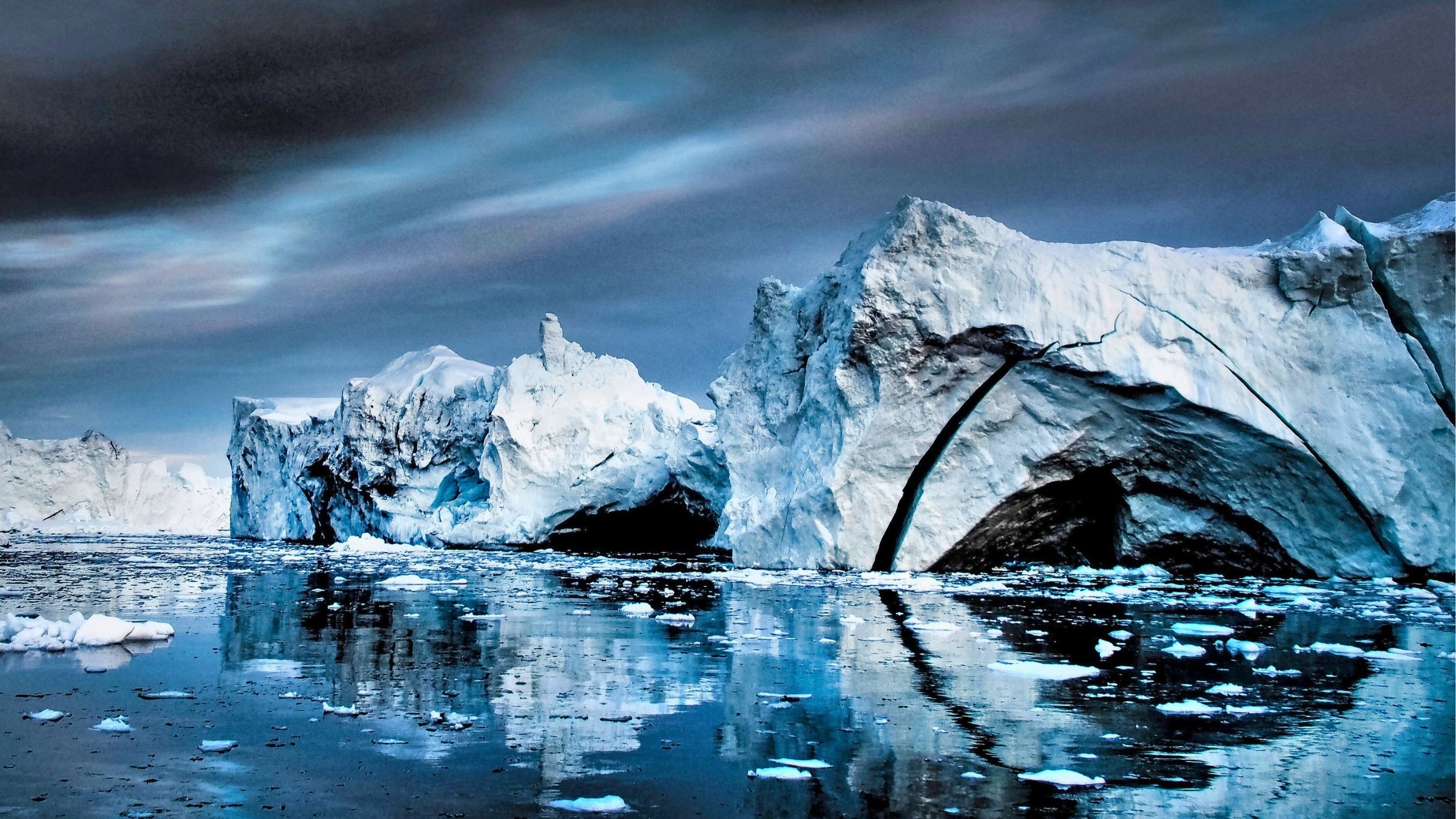
Icebergs in Ilulissat, Greenland, October 28, 2017. Image: Jennifer Latuperisa-Andresen
The term “snowball Earth” was coined by Joseph Kirschvink in a paper in 1992. He recognised that low-latitude glacial sequences and widespread banded iron formations are consistent with a global glacial episode. He envisioned that the long-term accumulation of CO₂ from volcanic emissions in the absence of vigorous weathering on the frozen continents (reducing the sequestration of CO₂) would have led to the eventual end of the glaciation.
In the field
It is possible to look closely at these ice age periods through the rocks they left behind. One such location is in the Arkaroola Wilderness Sanctuary, northern Flinders Ranges, where beds of the Sturt Formation are exposed.

Adriana Dutkiewicz pointing at the glacial deposits of the Sturt Formation from the Sturtian Glaciation ca. 717– 664 million years ago at Stubbs Waterhole, Arkaroola Wilderness Sanctuary, Adnyamathanha Country, northern Flinders Ranges, where the formation is over 2 km thick. Image: Dietmar Müller
Adriana participated in a week-long field trip to the Flinders Ranges led by Jim Gehling from the South Australian Museum in 2018 to get a first-hand look at the region’s geology, including the glacial Sturt Formation. This excursion and a subsequent field trip with Alan Collins from the University of Adelaide in 2023 inspired her to investigate the cause of the Sturtian glaciation.
“As part of my Future Fellowship, I am investigating the history of Earth’s carbon emissions and sequestration at many different time scales” – Adriana Dutkiewicz.
Earth’s next supercontinent
The team’s work raises intriguing questions about Earth’s long-term future. A recent theory proposed that over the next 250 million years, Earth would evolve towards Pangea Ultima, a supercontinent so hot that mammals might become extinct.
To complicate matters, Earth is also currently on a trajectory of lower volcanic CO₂ emissions as continental collisions increase and the plates slow down. Slower plates produce less volcanic CO₂ emissions, which would result in a cooling effect.
Plate motions and ocean basin evolution in the Cryogenian: Motions of continents (grey) and plate boundaries (orange) from 850 to 540 million years ago, a time before complex life evolved. Subduction zones are shown as toothed lines and ocean basin depth are coloured light green to dark blue. Snowflakes indicate a “snowball” ice age, with ice covering most continents and oceans. Credit: Dietmar Müller and Ben Mather
So, perhaps Pangea Ultima will turn into a snowball again. This work sheds light on the causes of long-term climate change. Whatever the future holds, it is important to note that geological climate change happens exceptionally slowly, while human-induced climate change is happening at a pace ten times faster than we have seen before. Find out how scientists are estimating the global risk of anthropogenic climate change | Nature Climate Change
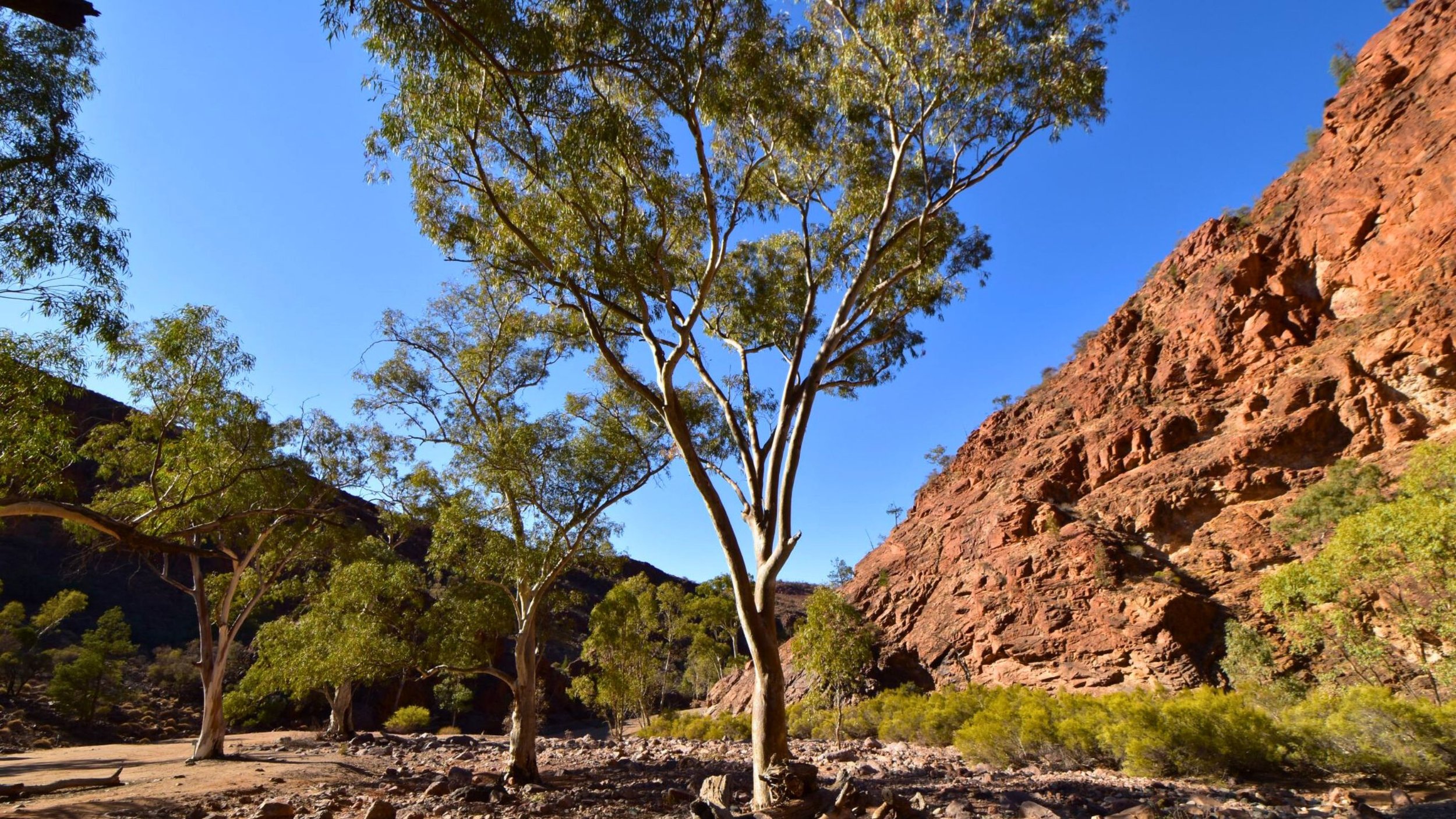
Stubbs Waterhole, Arkaroola Wilderness Sanctuary, northern Flinders Ranges, Adnyamathanha Country, where the Sturt Formation is exposed. Image: Dietmar Müller
“There is a companion paper, also published in Geology, in which we use a plate tectonic model to understand what led to the deposition of thick carbonate sequences at the end of Cryogenian glaciations. The two studies help our understanding of the functioning of the Earth’s built-in thermostat, and they illustrate how sensitive global climate and atmospheric carbon concentration are to plate tectonic cycles and rock weathering.”
– Adriana Dutkiewicz
![]()

